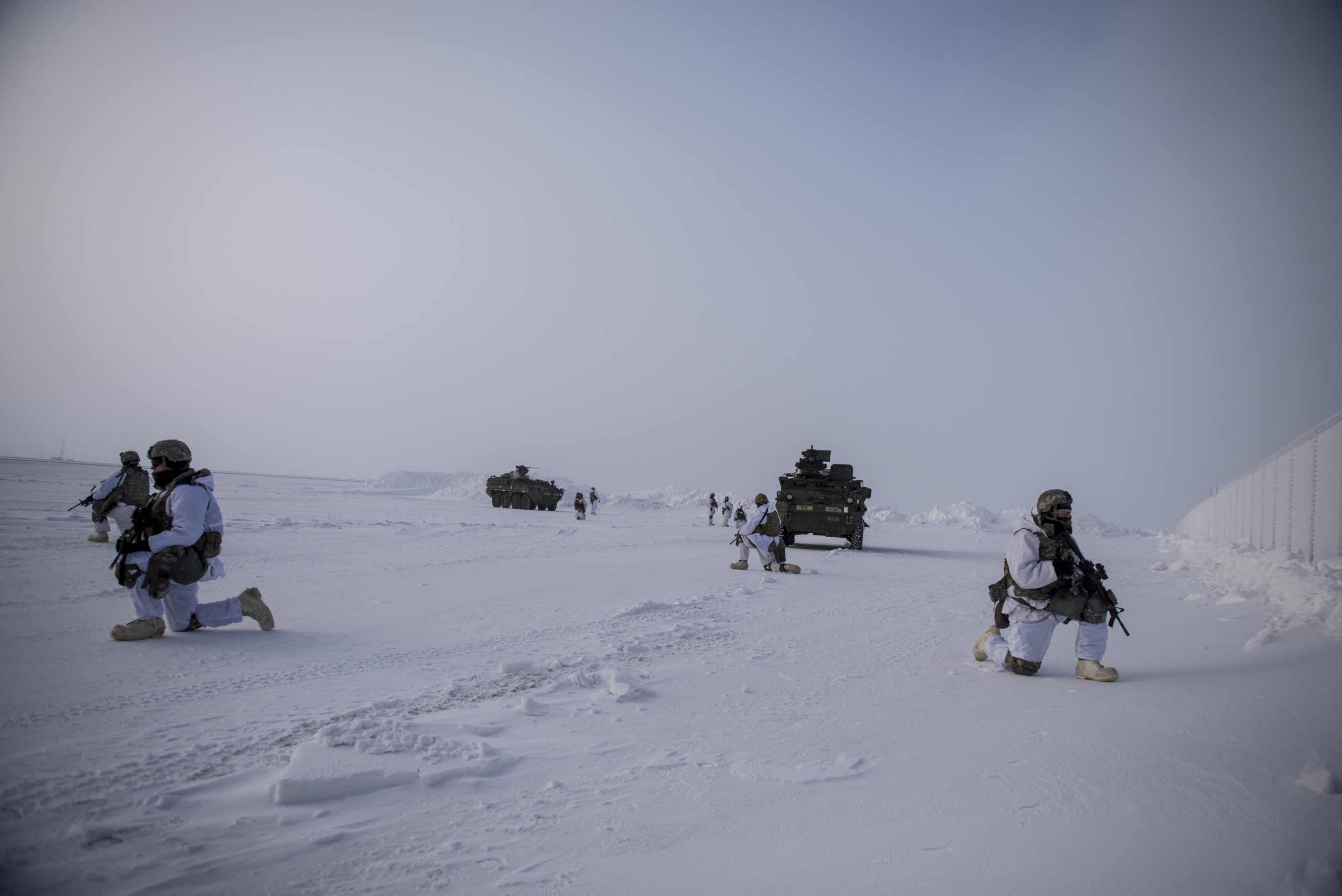Alaska lawmakers back a federal push to create a center for Arctic defense studies
The proposed center would mirror other Defense Department centers with a focus on a specific region, such as Africa or the Asia-Pacific rim.

Alaska state lawmakers have given their support to a plan to create a Department of Defense center to study Arctic issues.
The state Senate on Monday unanimously passed a resolution supporting a bill introduced last fall by U.S. Sen. Lisa Murkowski that would create the “Ted Stevens Arctic Center for Security Studies.” The center, to be named after the late U.S. senator from Alaska, would be an Arctic counterpart to the Defense Department’s Asia-Pacific Center for Security Studies in Hawaii, which is named after the late Sen. Daniel Inouye of that state.
The resolution passed by the Alaska state Senate, Senate Resolution 2, notes that Alaska “is the only Arctic state in the United States and the only reason the United States is an Arctic nation,” and says that “it would be wise for the United States to increase its focus on the North.”
The center would be a place for study of the Arctic — its science, strategic importance and importance to North America, Sen. Jack Coghill said in floor comments before the vote on the resolution. He said it would be a place for “thoughtful study” and “strategic study.”
“Alaska is definitely both strategic and Arctic for the United States, east, west, north and south,” Coghill said. Given China’s interest in the Arctic, which is “significant and somewhat alarming to some of us,” establishment of a Department of Defense Arctic study center is timely, he said.
The resolution was sent to Gov. Mike Dunleavy, and from there it is intended to be sent to President Trump, Secretary of Defense Mark Esper and to members of Alaska’s Congressional delegation. It is intended to help convince Congress to pass the bill introduced by Murkowski in October.
The Department of Defense already has five such centers for strategic studies – focusing on Europe, Africa, near east-south Asia and the northern hemisphere, as well as the Hawaii-based Asia-Pacific center.